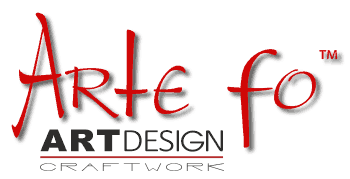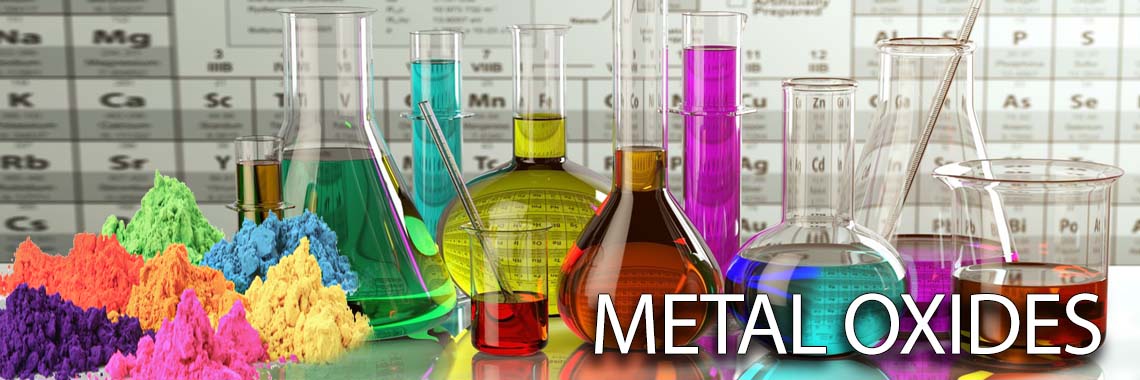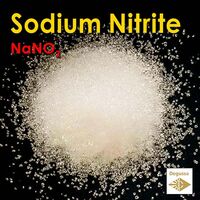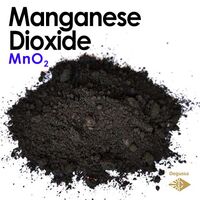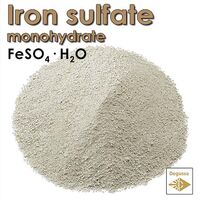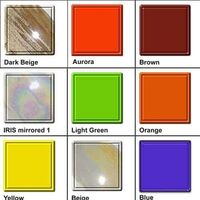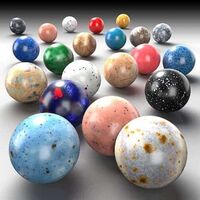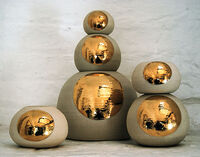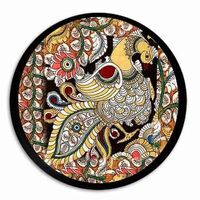What is Borax? Can sodium tetraborate act itself as a flux? Difference between boron oxide. Is borax banned? Can improve the blue color of cobalt oxide
B4O7Na2
Borax, also known as sodium borate, sodium tetraborate, or disodium tetraborate, is a naturally occurring mineral compound composed of boron, sodium, oxygen, and water. Its chemical formula is Na2B4O7·10H2O.
Borax has a wide range of applications and uses, including:
Cleaning and Household Use: Borax is commonly used as a cleaning agent and laundry booster. It helps to remove stains, deodorize, and brighten clothes. It can also be used as a multipurpose cleaner for various surfaces in the household.
Pest Control: Borax is an effective and natural solution for controlling certain pests. It can be used to deter ants, cockroaches, fleas, and other insects by disrupting their digestive systems and exoskeletons.
Preservative: Borax has preservative properties and can be used to extend the shelf life of certain perishable goods, such as fresh-cut flowers and certain food products.
Fire Retardant: Borax is used as a fire retardant in some applications. It can be added to materials such as wood, fabrics, and cellulose insulation to reduce their flammability.
Flux: In metallurgy, borax is used as a flux, which helps to lower the melting point of metals and facilitate the soldering or welding process.
Glass and Ceramic Production: Borax is an essential ingredient in the production of glass and ceramics. It acts as a flux and helps to lower the melting point, improve the workability, and enhance the strength and durability of the final products.
Chemical Reactions and Science Experiments: Borax is used in various chemical reactions and laboratory experiments. It can serve as a pH buffer, a source of boron, or a component in solutions and reagents.
It's important to note that while borax is generally considered safe for many household uses, it should be handled with care, especially when using it in concentrated forms or in areas accessible to children or pets. It is recommended to follow appropriate safety guidelines and instructions when using borax.Borax, also known as sodium borate, sodium tetraborate, or disodium tetraborate, is an important boron compound, a mineral, and a salt of boric acid. Powdered borax is white, consisting of soft colorless crystals that dissolve in water. A number of closely related minerals or chemical compounds that differ in their crystal water content are referred to as borax, and the word is usually used to refer to the octahydrate. Commercially sold borax is partially dehydrated. What does borax look like? Borax looks like a white powder. What is Borax made of?
Borax is a component of many detergents, cosmetics, and enamel glazes.
How to use Iron Oxide in pottery:
In ceramics, borax has been used to improve the fit of earthenware or greenware glazes. Additionally, when mixed with oxides, borax image produces bright colors.
Boron images have been an essential ingredient in ceramic glazes and porcelain (vitreous) enamels for centuries. Borates initiate glass formation and reduce glass viscosity, helping to form a smooth surface and reduce thermal expansion. These qualities help to ensure a good fit between the glaze or enamel and the item it covers. Borates also increase the refractive index (luster), enhance mechanical durability and resistance to chemicals, and help to dissolve coloring agents. Add small amounts to a glaze that contains Cobalt Oxide to improve the blue color.
Benefits of Borax:
For glazes and enamels, the boric oxide is unique in that it acts simultaneously as a glass former, as a flux, and as a viscosity stabilizer that prevents the glaze from running too much while it is being fired. Perhaps most important of all, boric oxide reduces the thermal expansion of the glaze so that it can be matched to the expansion of the underlying ceramic or metallic body. At the same time, it improves aqueous and chemical durability while adding to the brilliance of the glaze.
Formula: B4O7Na2
Molecular Weight: 381.4 g/mol
Form: powder
CAS Number: 1303-96-4
EC Number: 215-540-4
E Number: E285 (preservatives)
Density: 1.73 g/cm³
Synonyms: Natrium boracicum, disodium borate, Komex, sodium borate, sodium metaborate, sodium tetraborate
BORAX - Improves glaze's frit and produces brighter vivid colors pictures of borax
- Brand: Degussa
- Product Code: Oxide - Borax - Na2B4O7
- SKU: B4O7Na2
- Availability: 999
-
0.99€
Available Options
Related Products
Sodium Nitrite - Navigating Natrum nitrosum: Properties, Applications, and Safety Insights of Natrii nitris
NaNO2 Sodium nitrite (NaNO2) is used for various purposes in different industries. Some common uses include:Food Pr..
0.59€
Silicon Carbide - Carborundum - mesh 220 & 1200
SiC Silicon carbide (SiC), also known as carborundum, is a hard chemical compound containing silicon and carbon. A ..
0.99€
Manganese Dioxide - Advantages of using in Pottery
MnO2 Manganese dioxide (MnO2) is an inorganic compound. It is a black to brown-colored material that occurs n..
0.99€
Iron(II) sulfate Monohydrate - Ferrous sulfate
FeSO4 Iron(II) sulfate (British English: iron(II) sulphate) or ferrous sulfate denotes a range of salts with the fo..
0.69€
Tags: oxide
